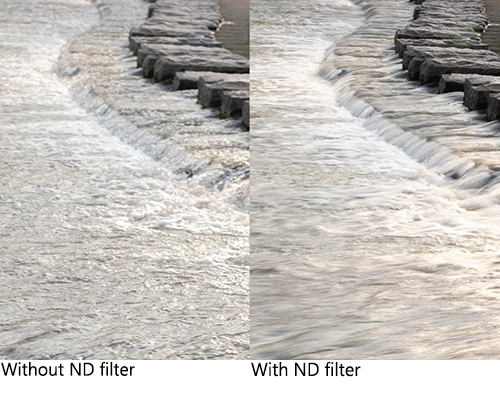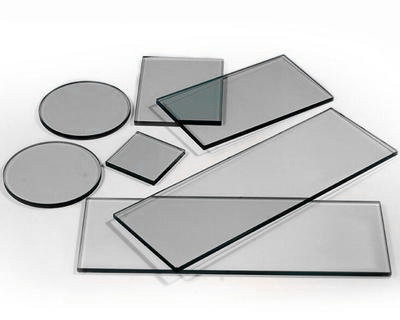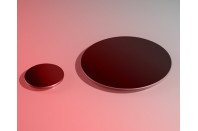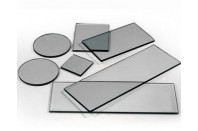A Comprehensive Guide to Neutral Density (ND) Filters
Introduction
Neutral Density (ND) filters have long been hailed as essential tools in the realm of photography, but their applications extend far beyond the confines of the camera lens. From semiconductor manufacturing to medical imaging, ND filters find diverse and critical uses across a range of cutting-edge industries. In this comprehensive guide, we delve deep into the technical principles of ND filters, elucidating their mechanisms, and applications.

Applications: What does an ND filter do?
As mentioned above, Neutral Density (ND) filters are widely known as a type of camera accessory that reduces the amount of light entering the camera lens without affecting the color or contrast of the image. Essentially, an ND filter works like sunglasses for your camera lens, allowing you to control the exposure of your photographs.

Beyond the realm of photography, the precise control over light intensity of ND filters makes them invaluable tools in fields such as microscopy, where they enable researchers to capture high-resolution images of biological specimens with minimal photodamage.
In laser processing applications, ND filters serve as indispensable components for regulating the intensity and energy density of laser beams. By attenuating light, these filters protect equipment and personnel from excessive exposure while maintaining the precision and efficiency of laser-based manufacturing processes. From precision cutting to micro-machining, ND filters enable a wide range of applications in industries ranging from aerospace to microelectronics.
In medical imaging, ND filters play a critical role in fine-tuning the intensity of X-rays, lasers, and other imaging modalities. By attenuating radiation exposure while optimizing image quality, ND filters enhance diagnostic accuracy and patient safety in medical facilities worldwide. From radiography to laser therapy, these filters enable healthcare professionals to deliver precise and effective treatments while minimizing risks to patients.
In conclusion, the applications of ND filters extend far beyond the realm of photography, encompassing diverse industries where precision, control, and reliability are paramount. As technology continues to evolve, the versatility and utility of ND filters will remain indispensable in driving progress and innovation across a wide array of fields.
How does an ND filter work?
Neutral Density (ND) filters work by reducing the amount of light that enters the camera lens without affecting the color or contrast of the image. They achieve this by using a material that evenly attenuates all wavelengths of light passing through them.

1. Light Reflection/Absorption: Neutral density filters are usually divided into absorptive and reflective types. Absorptive neutral density filters are made by adding certain chemicals to optical glass, commonly known as tinted glass. Reflective neutral density filters use the principle of thin-film interference, which means that the optical substrate is coated so that part of the light is transmitted and the other part is reflexive. Both types of NDFs have their advantages and disadvantages. The reflected light of the reflective type tends to form stray light and reduce the accuracy of the experiment; the damage threshold of the absorptive type is lower than that of the reflective type, which can cause heating after a long time of use. High damage threshold substrate coated with absorption film to achieve the effect of attenuation of light intensity, reflection caused by stray light is very little.
What does Shalom EO provide?
Shalom EO has further segmented them into attenuation bands of 250-380nm, 400-700nm, and 350-1100nm. These specific attenuation bands cater to various applications where precise control over specific wavelengths of light is necessary. Furthermore, Shalom EO offers a wide range of selectable attenuation transmission rates and customizable shapes to accommodate diverse needs and requirements. This level of customization allows users to tailor the ND filters to their specific applications, ensuring optimal performance and efficiency in a variety of settings.

Related Products
Tags: ND filter




